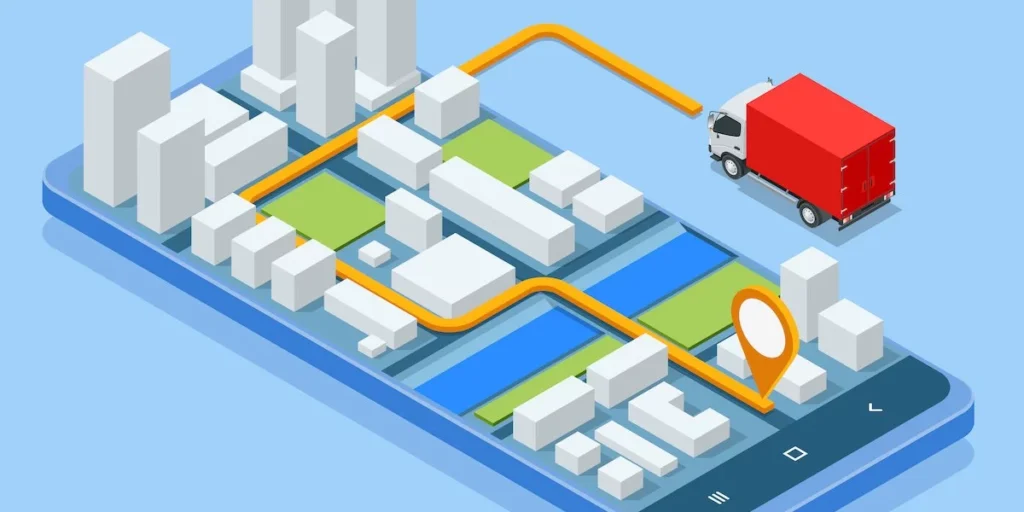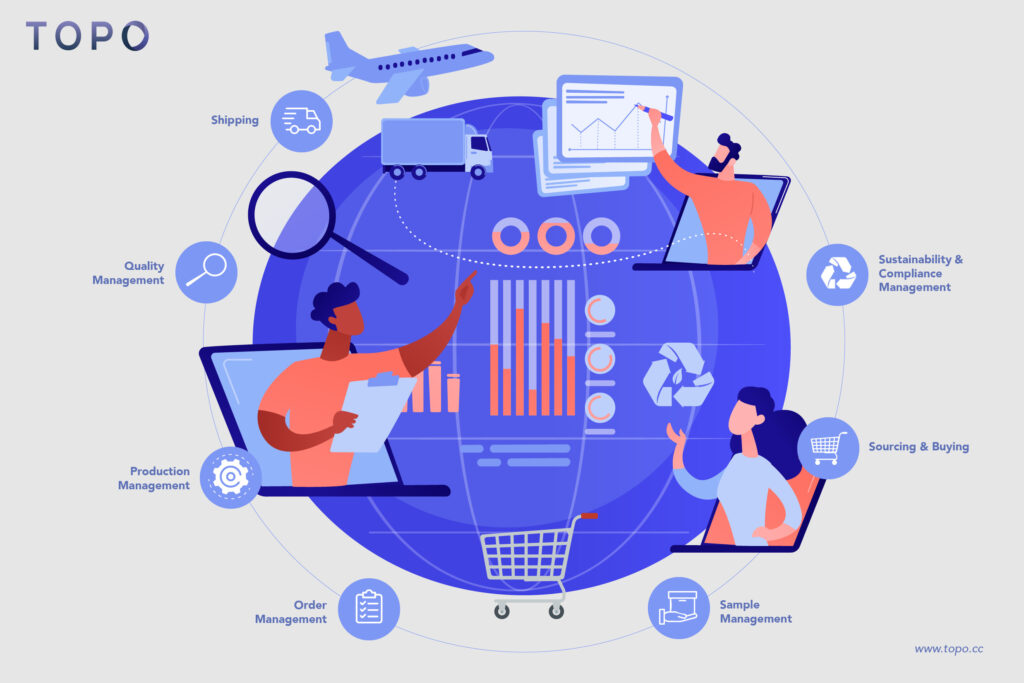Supply Ascendancy: Beyond Amazon in the Future of Food Distribution
Supply Ascendancy: Beyond Amazon in the Future of Food Distribution

The Amazon Effect on Food Distribution
Amazon, a tech giant that started with selling books and expanded into various retail sectors, is now making significant inroads into the food supply industry. With its acquisition of Whole Foods, Amazon has gained both physical stores and a closer connection to consumers through last-mile distribution. As a food retailer, manufacturer, or distributor, the question arises: can you compete with Amazon, or is it even possible?
The Disruptive power of Amazon
Amazon’s disruptive power is undeniably formidable, rooted in its unique identity as a tech company that transcends conventional boundaries to sell an extensive range of products. This multifaceted approach has reshaped consumer expectations and set new industry benchmarks across various sectors, especially in the business-to-consumer (B2C) landscape.
At the heart of Amazon’s dominance is its relentless commitment to innovation. Amazon continually pushes the boundaries of what’s possible, leveraging cutting-edge technology and creative solutions to streamline the consumer journey. This relentless innovation manifests in various ways, from its pioneering use of artificial intelligence (AI) and machine learning to enhance product recommendations and personalization to its investment in emerging technologies like drone delivery and cashier-less stores.
In essence, the disruption wrought by Amazon serves as a powerful reminder that adaptability and innovation are the cornerstones of success in today’s business landscape.
Embracing Customer-Centric Supply Chain
To compete effectively with Amazon, businesses must undergo a fundamental transformation toward a more customer-centric supply chain model. This shift is not merely a strategic choice but a necessity in today’s fiercely competitive marketplace. Some components of this customer-centric supply chain are:
- Last-Mile Delivery Excellence: The last mile of delivery is often the most critical aspect of the customer experience. Amazon has set the bar high by offering fast and reliable delivery options. To compete, businesses must invest in optimizing their last-mile logistics. To compete, businesses must invest in optimizing their last-mile logistics. This includes strategically locating distribution centers, utilizing advanced routing and scheduling software.
- Narrow Delivery Slots: Modern consumers demand convenience and flexibility in delivery options. To stay competitive, businesses should offer narrow delivery slots that align with customers’ schedules.
- Real-Time Delivery Tracking: Amazon’s “Track Package” feature has become a standard expectation among consumers. Companies should invest in real-time tracking and communication tools to keep customers informed about the status of their deliveries.
- Automated Invoicing and Payment: The invoicing process is a crucial touchpoint in the customer journey. Automating invoicing not only reduces errors but also accelerates the payment cycle, giving the customers a seamless experience.
- Personalization and Customization: Amazon’s success is partly attributed to its ability to personalize recommendations and tailor the shopping experience to individual preferences. Food distributors can take a page from this playbook by leveraging data and AI-driven algorithms to suggest relevant products, create personalized promotions, and enhance the overall customer experience.
- Supply Chain Visibility: To optimize the customer-centric supply chain, businesses need comprehensive visibility into their supply chain processes. This includes real-time data on inventory levels, order status, and delivery routes.
Efficiency and Competitive Pricing
Competing on Amazon’s level also requires meeting customer expectations for competitive pricing and efficiency. Companies may need to optimize production processes, extend product shelf life, and streamline production flow to minimize waste. Leveraging technology and data analytics can provide insights into cost-saving opportunities and help maintain attractive price points.
Pursuing Operational Excellence Through Technology
Achieving operational excellence is central to competing with Amazon. Businesses should focus on four key areas:

Business Integration: Break down informational and operational silos across the supply chain to provide visibility into production and inventory. This integration enhances collaboration and ensures that departments such as sales, marketing, and finance have access to critical information.

Productivity and Efficiency: Manage inputs, control inventory, and reduce waste with the help of information systems. Advanced tools can optimize product mixes, track inventory levels, and monitor costs, resulting in improved productivity.

Supply Chain Management: Foster inclusive relationships with customers and suppliers through information sharing and systems integration. An ERP solution can facilitate controlled information access to supply chain partners, enhancing collaboration and responsiveness. ERP stands for Enterprise Resource Planning.

eCommerce Transactions: Consider eCommerce integration to improve transaction efficiency and gather analytical information for supply chain optimization. By automating transaction processes and harnessing data insights, businesses can identify efficiencies and deficiencies in the supply chain.
SpotLight on Success
One example of a company successfully modernizing its operations is Hanan Distribuciones, a Mexican food and beverage wholesaler. By integrating Produmex WMS with SAP Business One (what SAP stands for), Hanan improved efficiency and customer satisfaction. They eliminated manual data entry for expiration dates, automated outbound logistics, and gained better visibility into vendor performance and inventory. As a result, Hanan achieved a 99% delivery rate within 24 hours and significantly increased efficiency and productivity.
In conclusion, competing with Amazon in the food distribution industry is possible, but it requires a shift towards customer-centric supply chains, efficiency improvements, collaboration, and technological modernization. Businesses must adapt and innovate to stay relevant in the face of Amazon’s disruptive presence. Embracing these strategies can help food distributors not only compete but thrive in the evolving market landscape.
SAP BTP for SME: Watch Now

